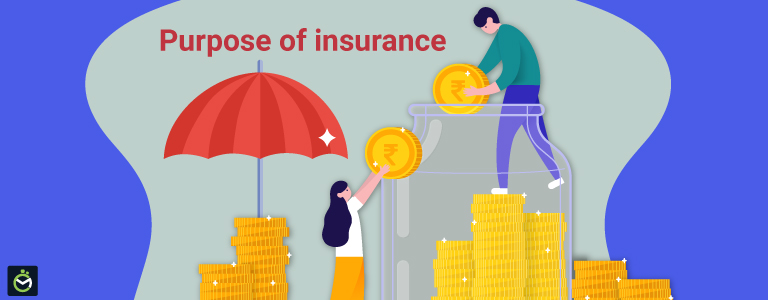The Definitive Guide to Pacific Prime
The Definitive Guide to Pacific Prime
Blog Article
What Does Pacific Prime Do?
Table of ContentsThe Only Guide to Pacific Prime10 Easy Facts About Pacific Prime DescribedWhat Does Pacific Prime Do?The Pacific Prime PDFsAll about Pacific Prime

This is due to the fact that the data were accumulated for a duration of solid economic efficiency. Of the approximated 42 million people who were uninsured, just about regarding 420,000 (concerning 1 percent) were under 65 years of age, the age at which most Americans become eligible for Medicare; 32 million were adults between ages 18 and 65, around 19 percent of all grownups in this age; and 10 million were children under 18 years of age, about 13.9 percent of all kids (Mills, 2000).
These estimates of the number of persons without insurance are produced from the annual March Supplement to the Existing Populace Study (CPS), conducted by the Demographics Bureau. Unless or else noted, national price quotes of individuals without medical insurance and percentages of the populace with different sort of protection are based on the CPS, one of the most widely used source of price quotes of insurance protection and uninsurance prices.
Pacific Prime for Dummies

Still, the CPS is especially useful due to the fact that it creates annual price quotes fairly swiftly, reporting the previous year's insurance policy coverage estimates each September, and since it is the basis for a regular set of quotes for even more than two decades, permitting analysis of fads in coverage gradually. For these reasons, in addition to the substantial usage of the CPS in various other research studies of insurance coverage that exist in this report, we rely upon CPS estimates, with constraints noted.

The estimate of the number of without insurance individuals increases when a population's insurance coverage status is tracked for several years. Over a three-year duration starting early in 1993, 72 million people, 29 percent of the united state population, lacked coverage for at the very least one month. Within a solitary year (1994 ), 53 million individuals experienced at the very least a month without coverage (Bennefield, 1998a)
Six out of every 10 uninsured adults are themselves utilized. Functioning does enhance the chance that one and one's family participants will certainly have insurance coverage, it is not a warranty. Also participants of households with two permanent wage income earners have nearly a one-in-ten chance of being without insurance (9.1 percent uninsured price) (Hoffman and Pohl, 2000).
Getting The Pacific Prime To Work
New immigrants make up a significant proportion of people without health and wellness insurance policy. One analysis has attributed a substantial part of the recent growth in the dimension of the united state uninsured populace to immigrants who showed up in the country in between 1994 and 1998 (Camarota and Edwards, 2000). Current immigrants (those that concerned the USA within the previous four years) do have a high price of being without insurance (46 percent), but they and their youngsters make up just 6 percent of those without insurance policy country wide (Holahan et al., 2001).
The partnership between health insurance coverage and access to care is well established, as documented later in this phase. The partnership between health and wellness insurance policy and wellness end results is neither straight nor straightforward, a substantial medical and wellness services study literature web links health insurance policy coverage to improved access to care, better top quality, and enhanced personal and populace health and wellness condition.
Degrees of evaluation for analyzing the results of uninsurance. This conversation of medical insurance coverage focuses primarily on the U.S. population under age 65 because virtually all Americans 65 and older have Medicare or other public coverage. It concentrates particularly on those without any wellness insurance policy for any type of size of time.
Getting My Pacific Prime To Work
The issues faced by the underinsured are in some areas similar to those encountered by the without insurance, although they are normally less serious. Health insurance, nevertheless, is neither required nor enough to acquire accessibility to medical services. The independent and direct effect of health and wellness insurance policy coverage on accessibility to health solutions is well established.
Others will acquire the health and wellness treatment they require also without medical insurance, by spending for it out of pocket or seeking it from service providers that offer treatment totally free or at very subsidized rates. For still others, wellness insurance alone does not make certain receipt of treatment due to the fact that of other nonfinancial obstacles, such as an absence of health treatment service providers in their area, limited access to transport, illiteracy, or etymological and cultural differences.
The Basic Principles Of Pacific Prime
Official research study regarding without insurance populations in the USA dates to the late 1920s and very early 1930s when the Board on the Price of Healthcare check it out generated a series of reports about financing physician office check outs and hospitalizations. This problem ended up being prominent as the numbers of medically indigent climbed during the Great Anxiety.
Report this page